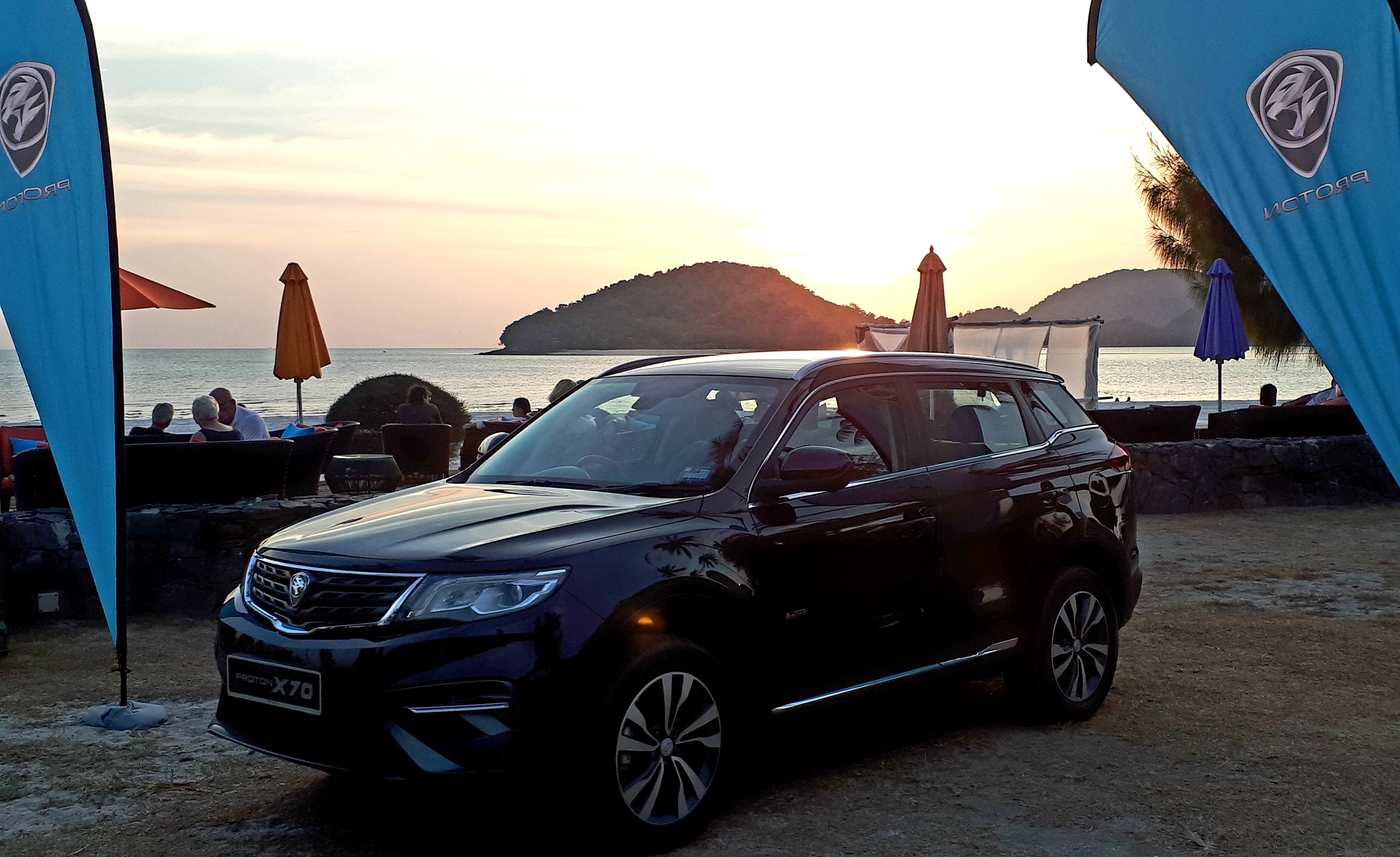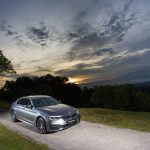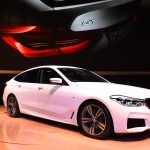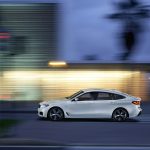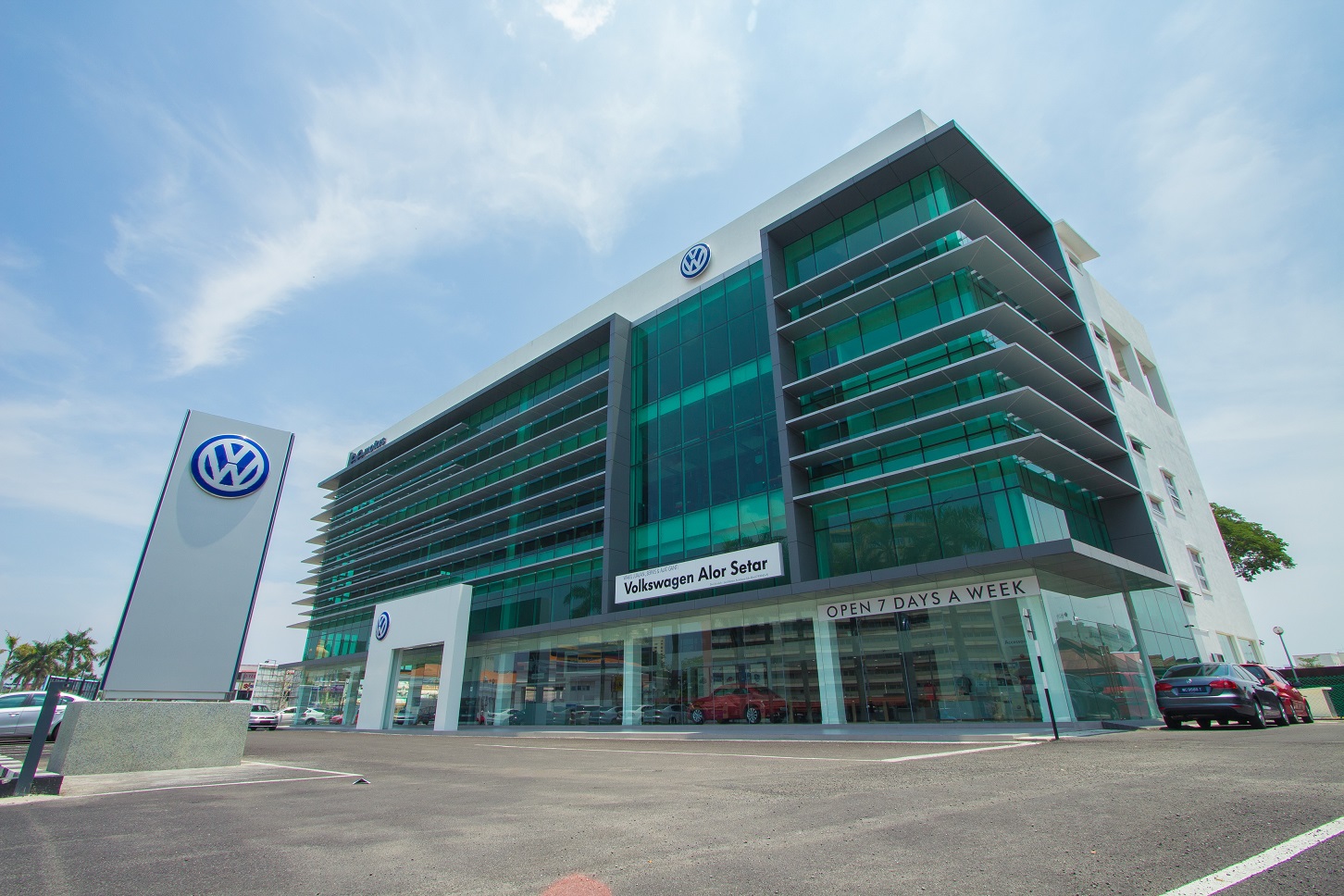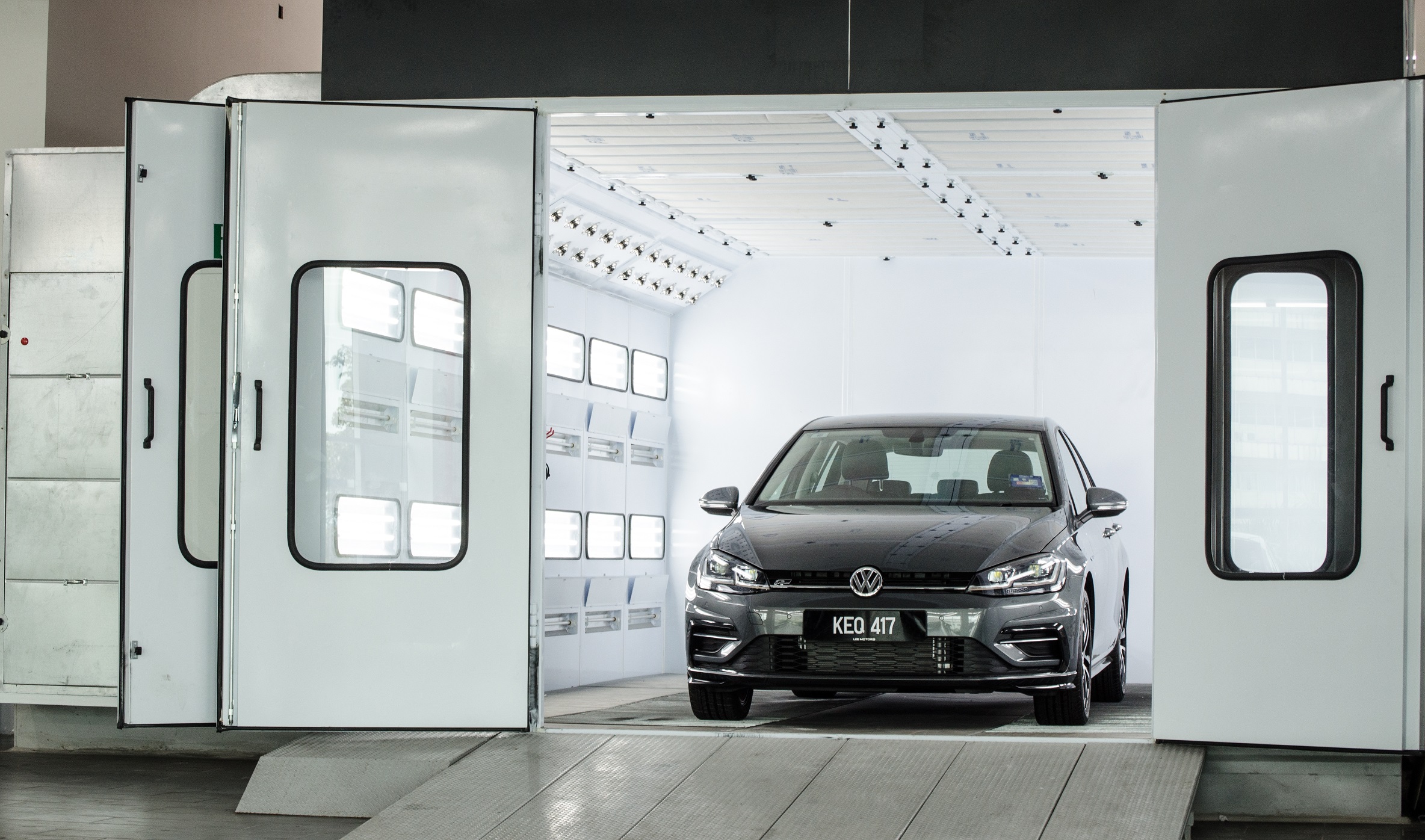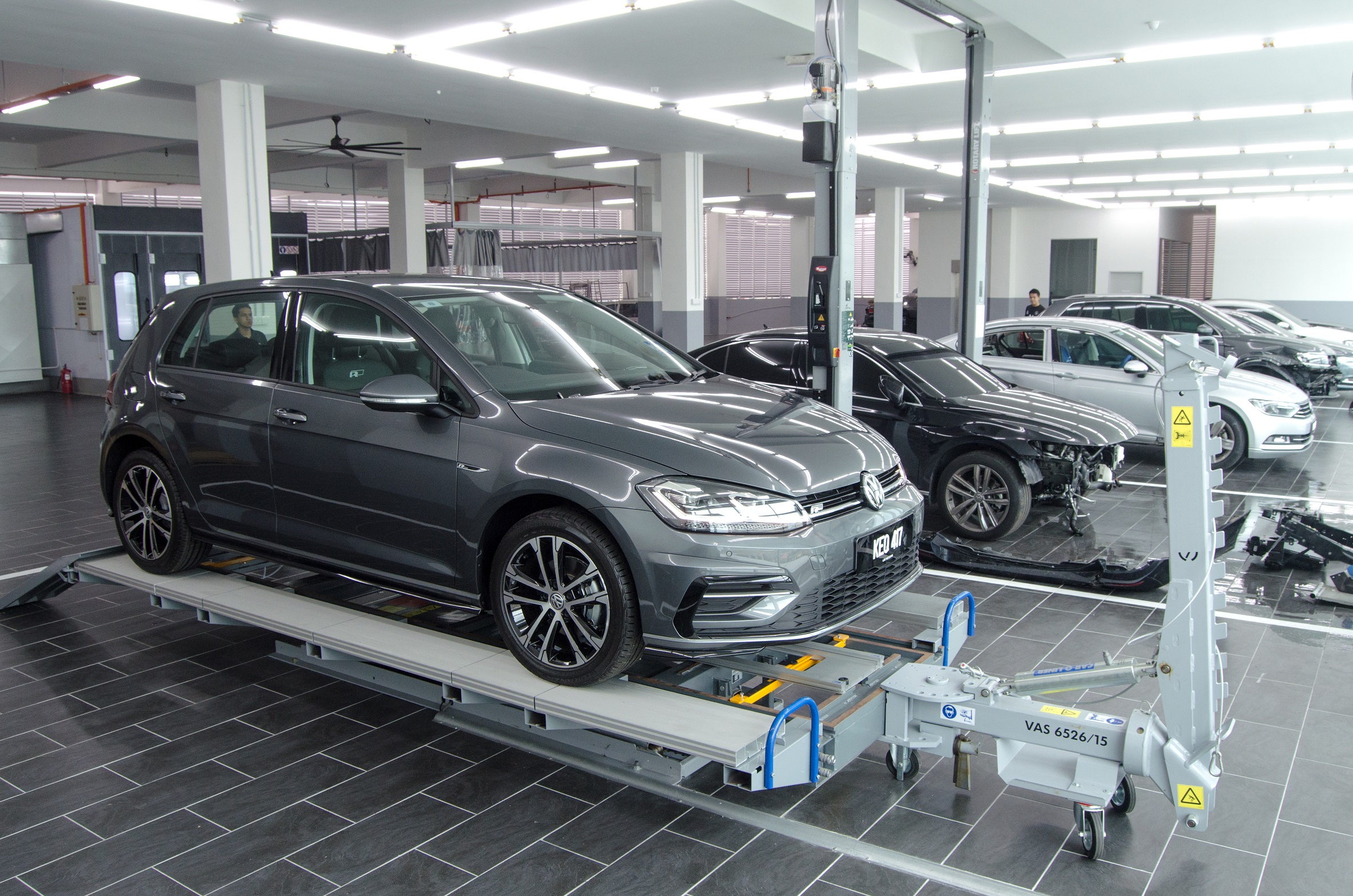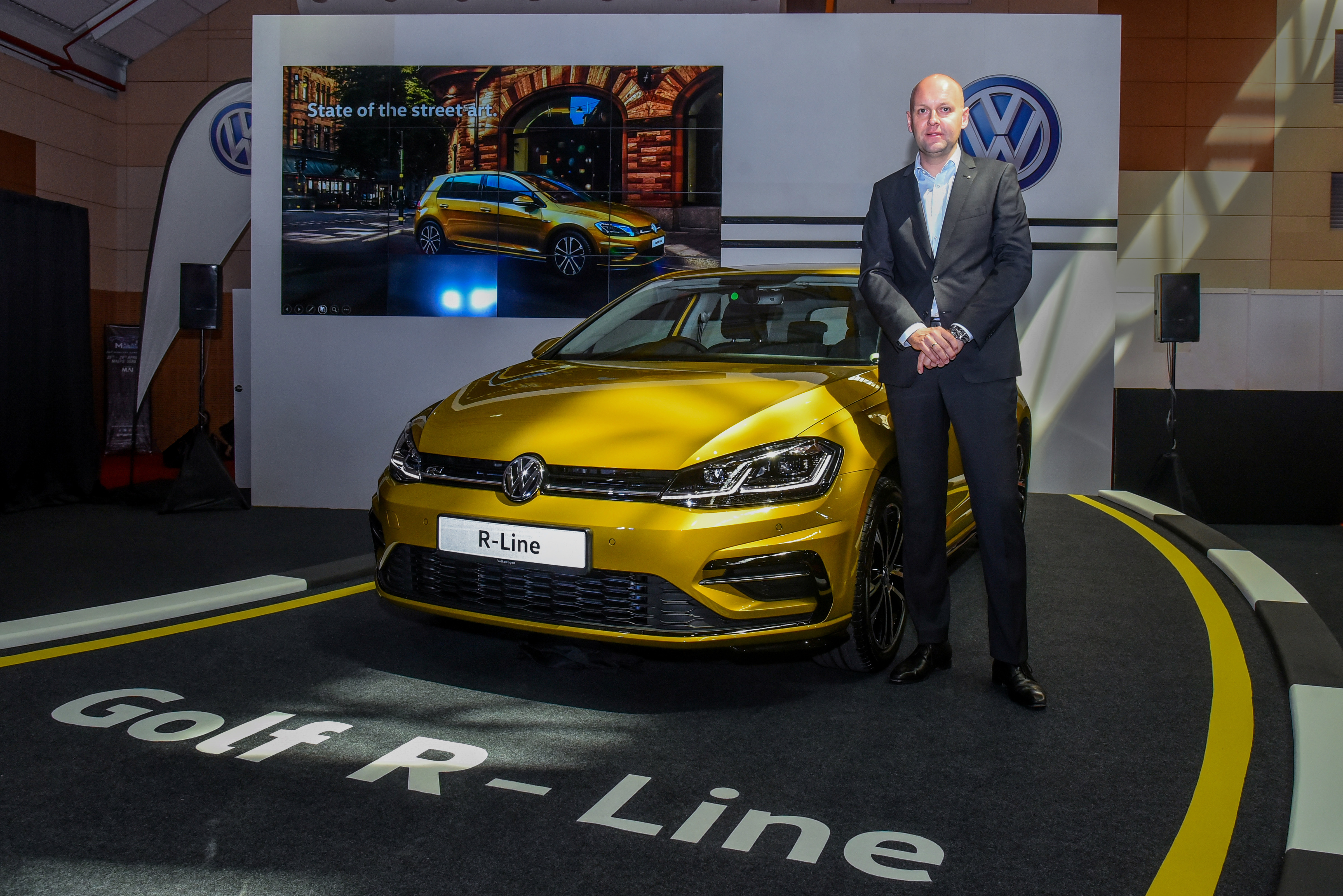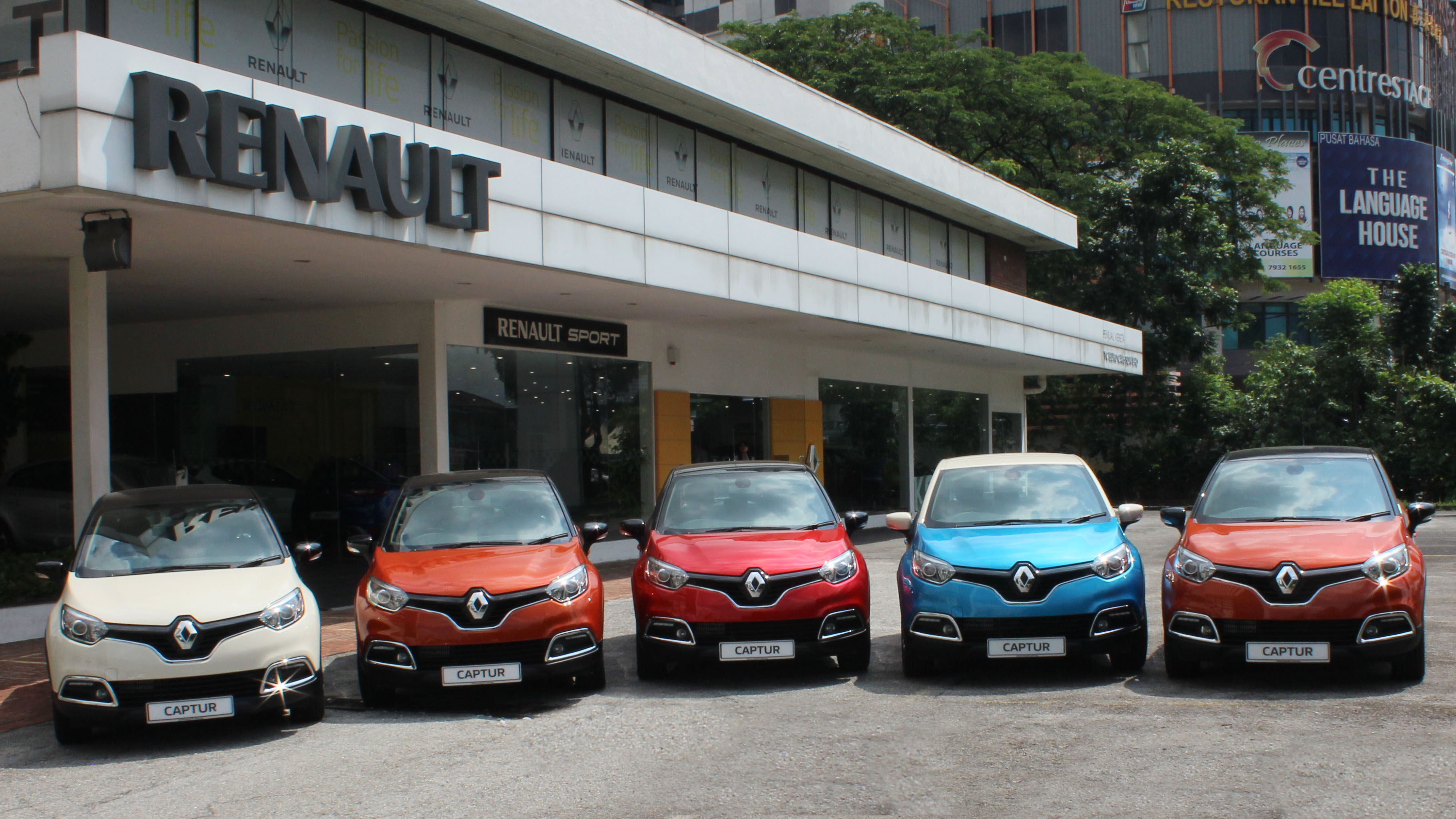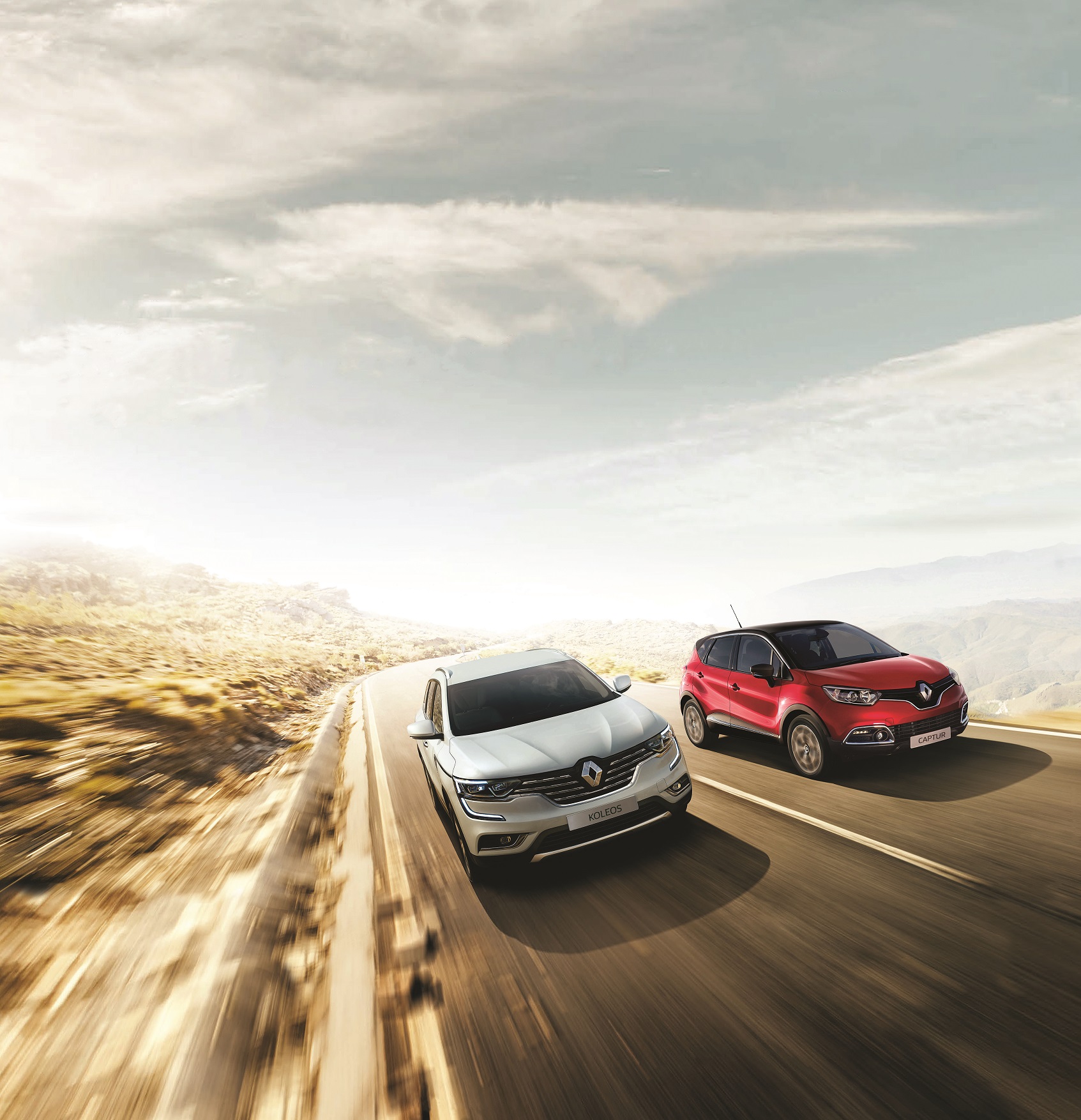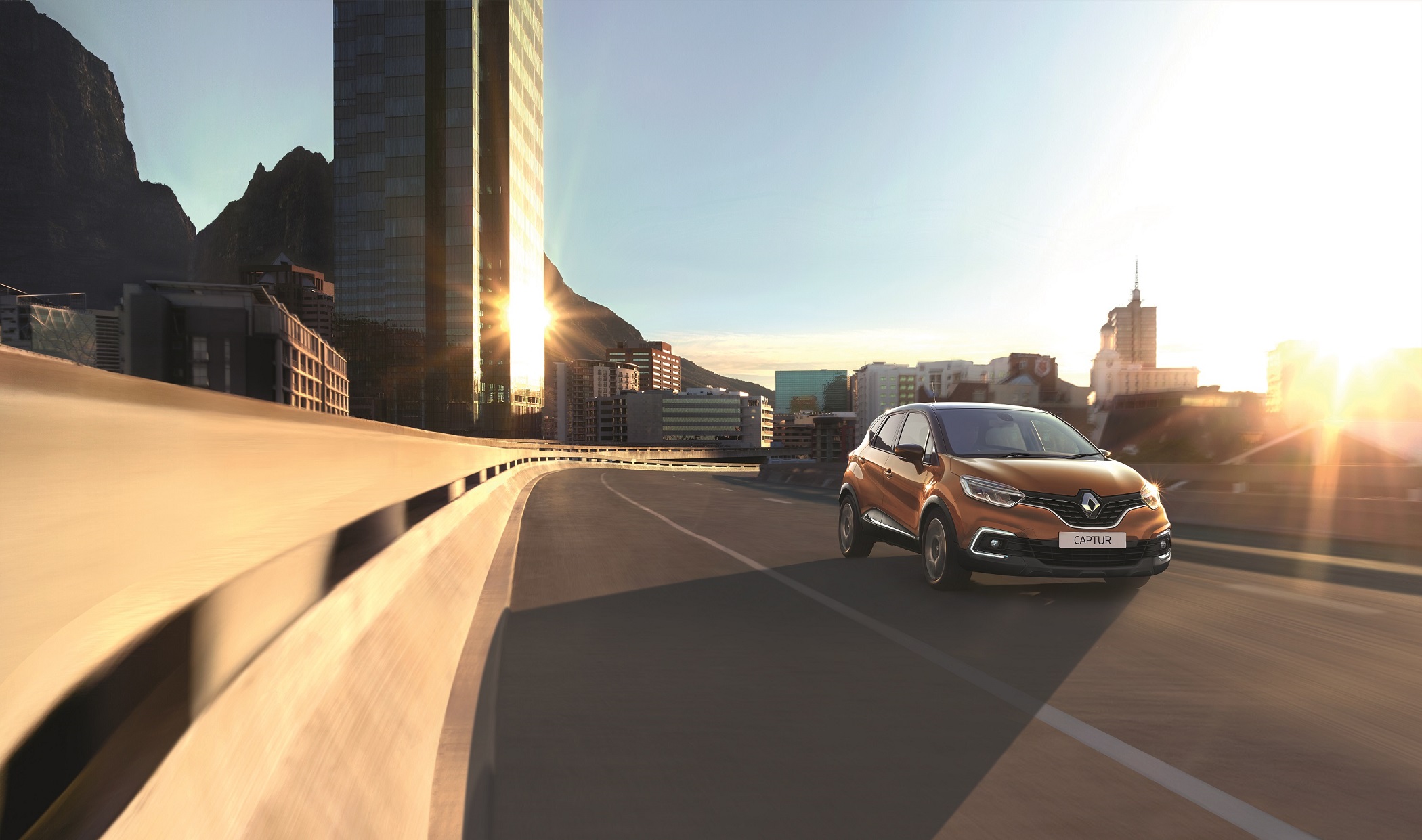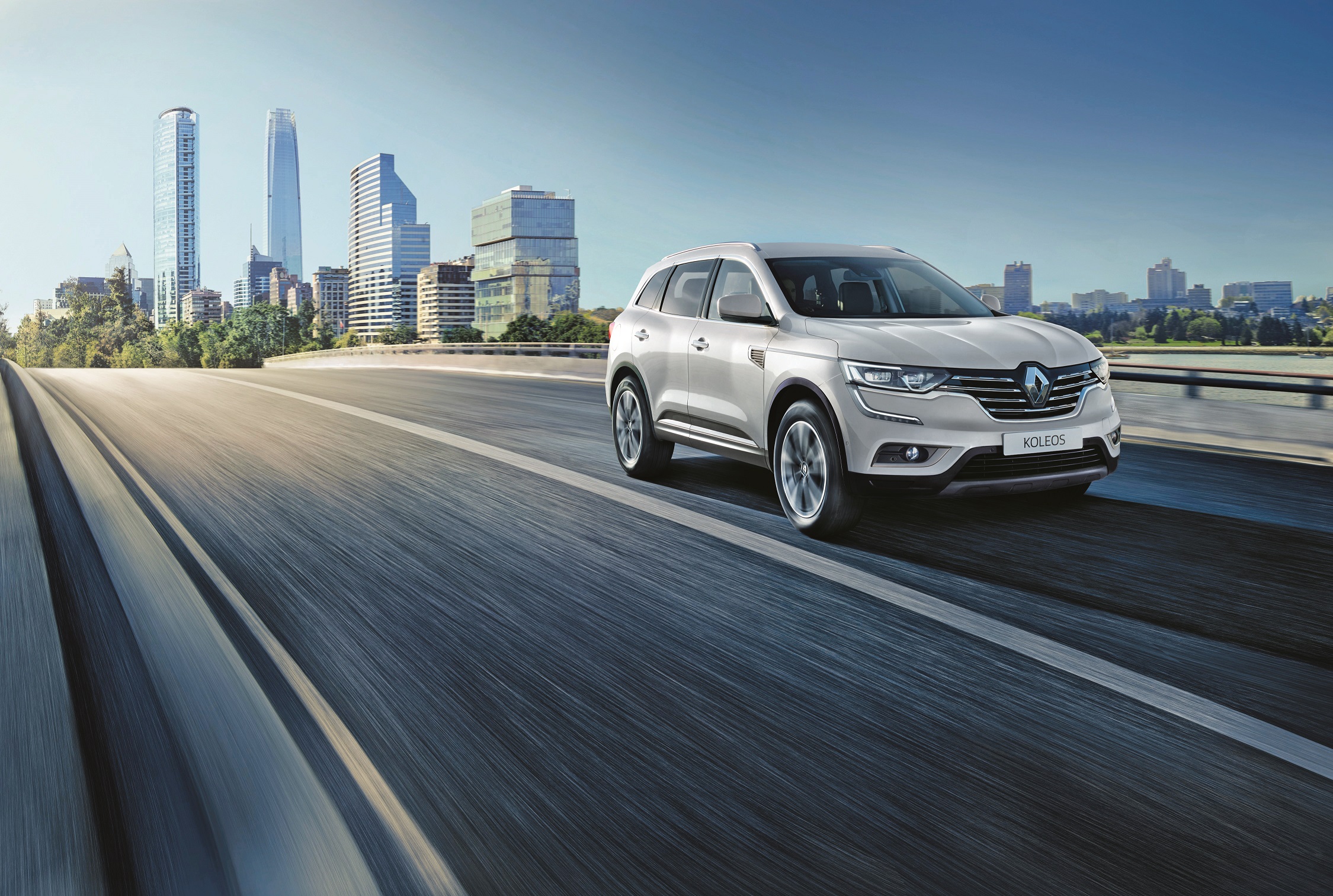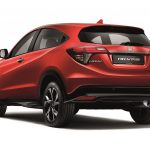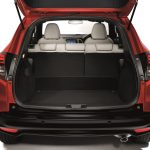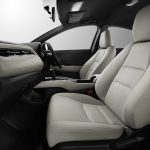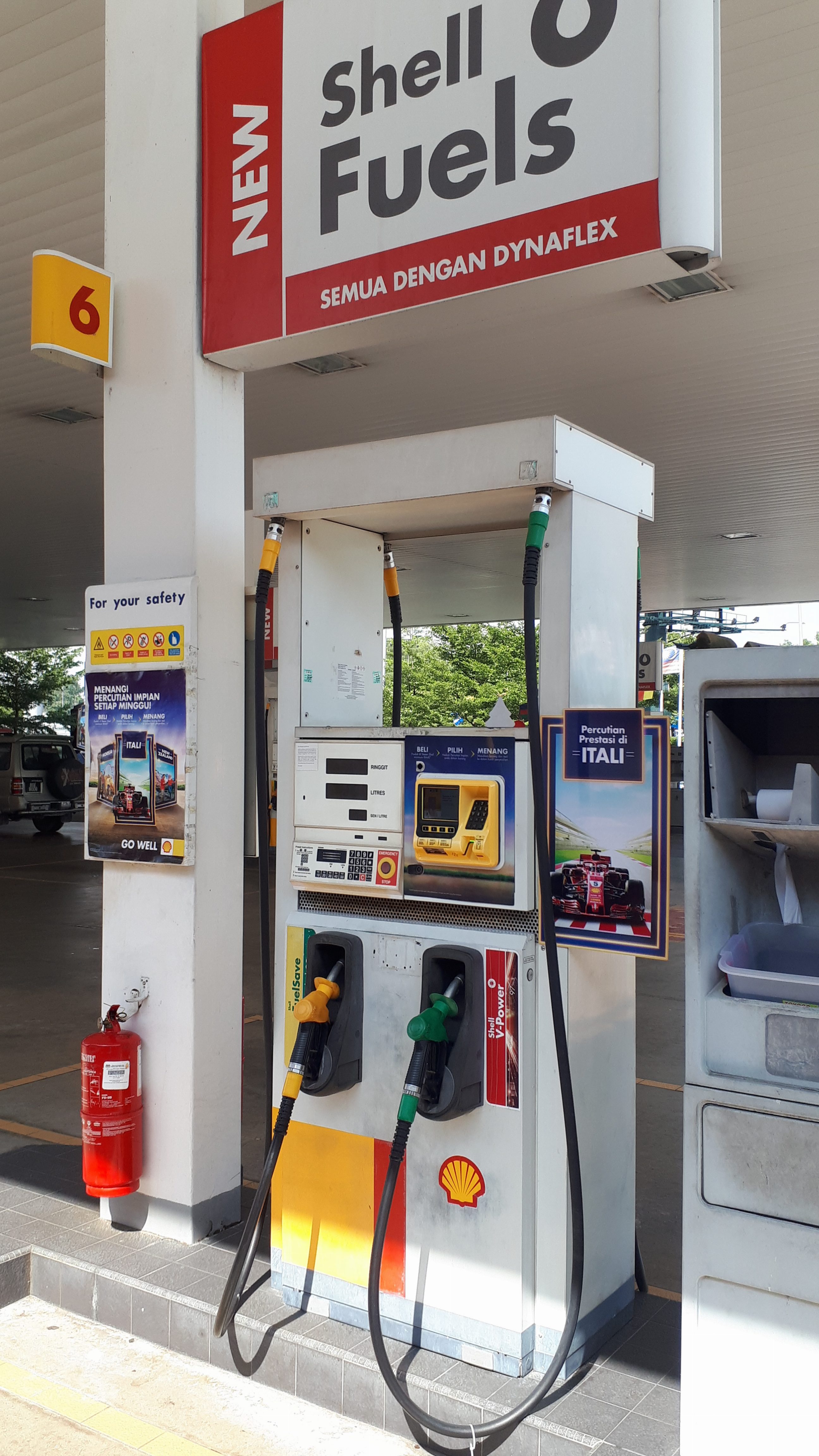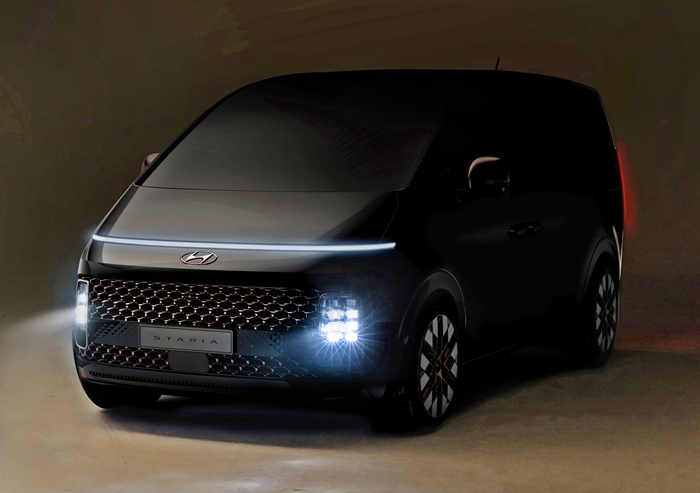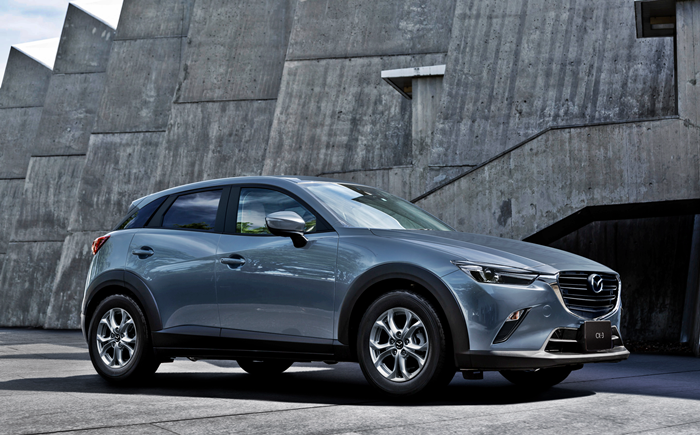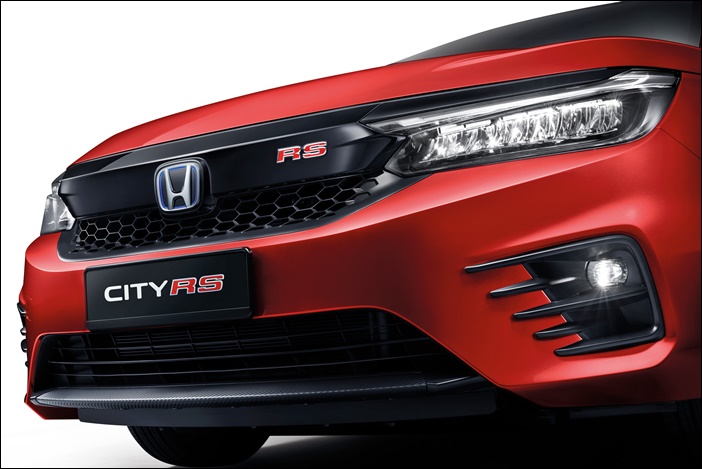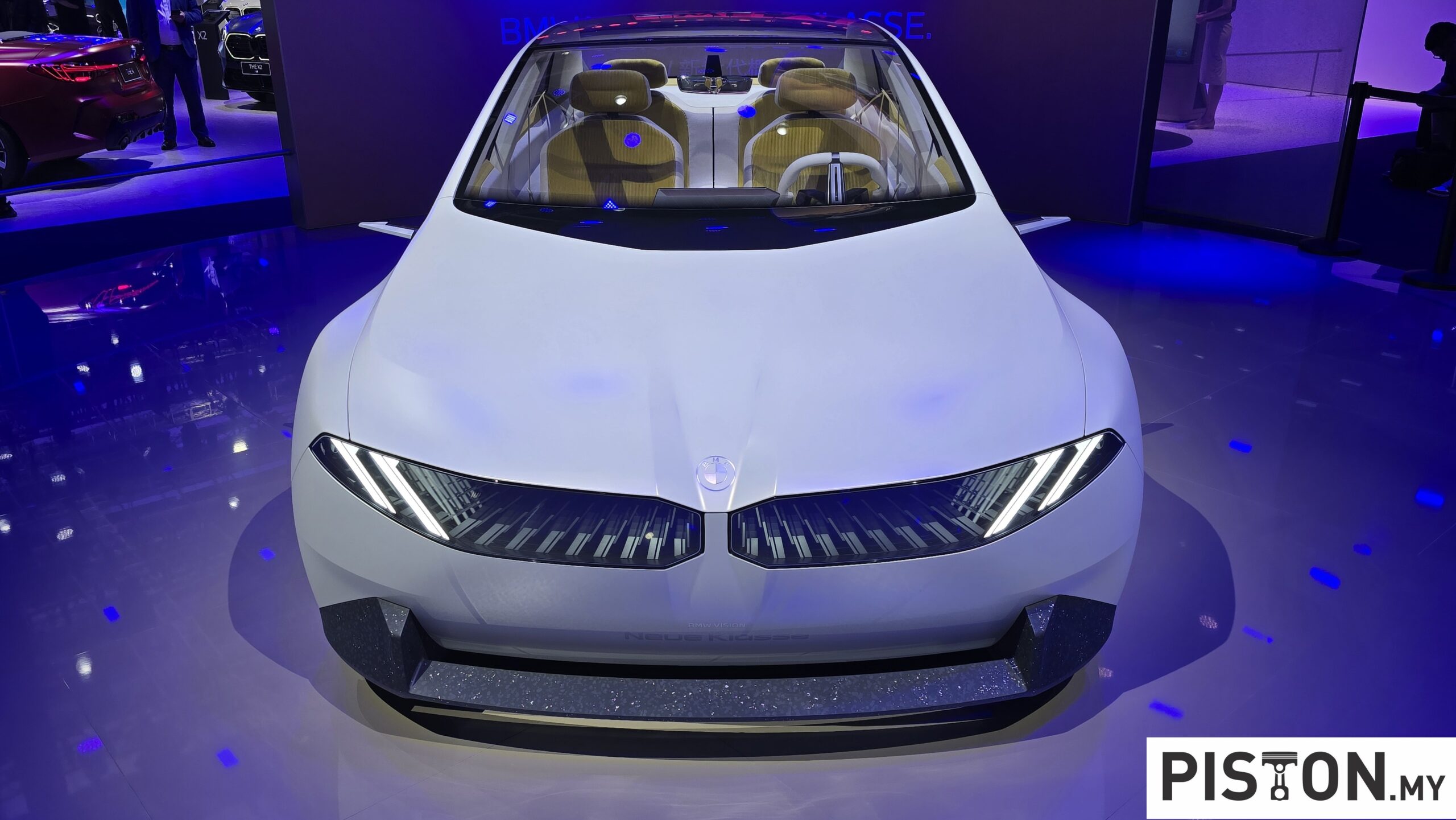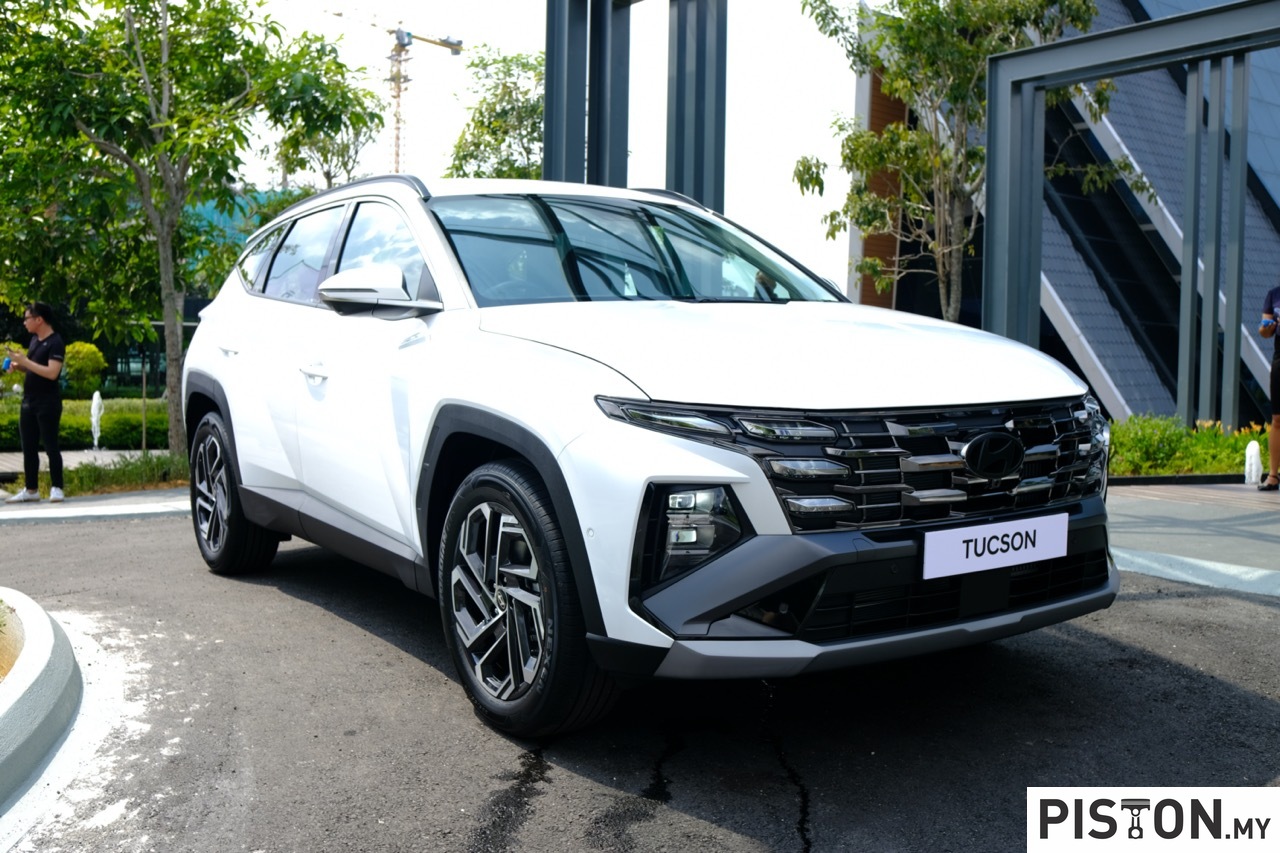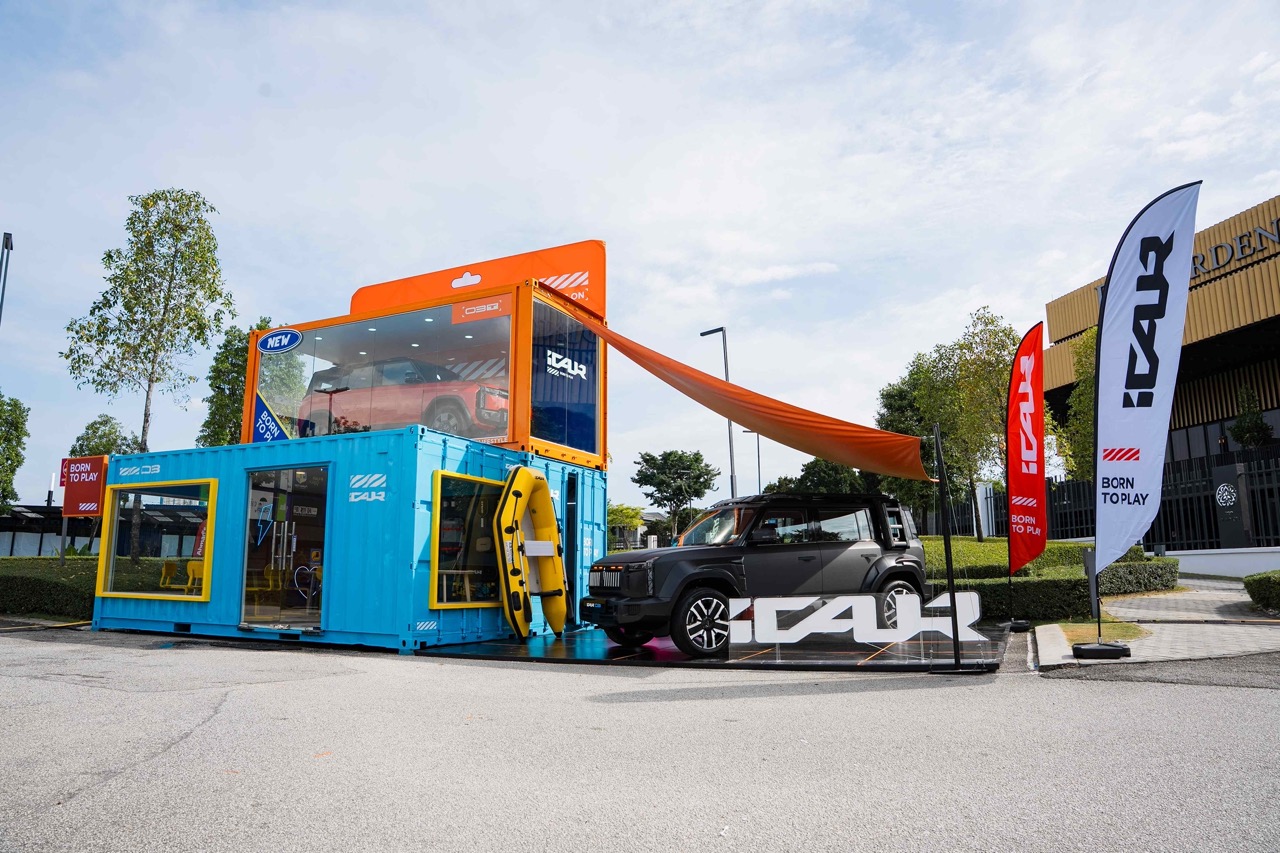BMW Malaysia recently introduced the BMW 330e M Performance Edition and BMW X5 xDrive40e M Performance Edition, each equipped with BMW M Performance Accessories to offer avid BMW motorsports enthusiasts the ultimate driving pleasure. Only 300 units are offered for each of these exclusive BMW M Performance Editions.
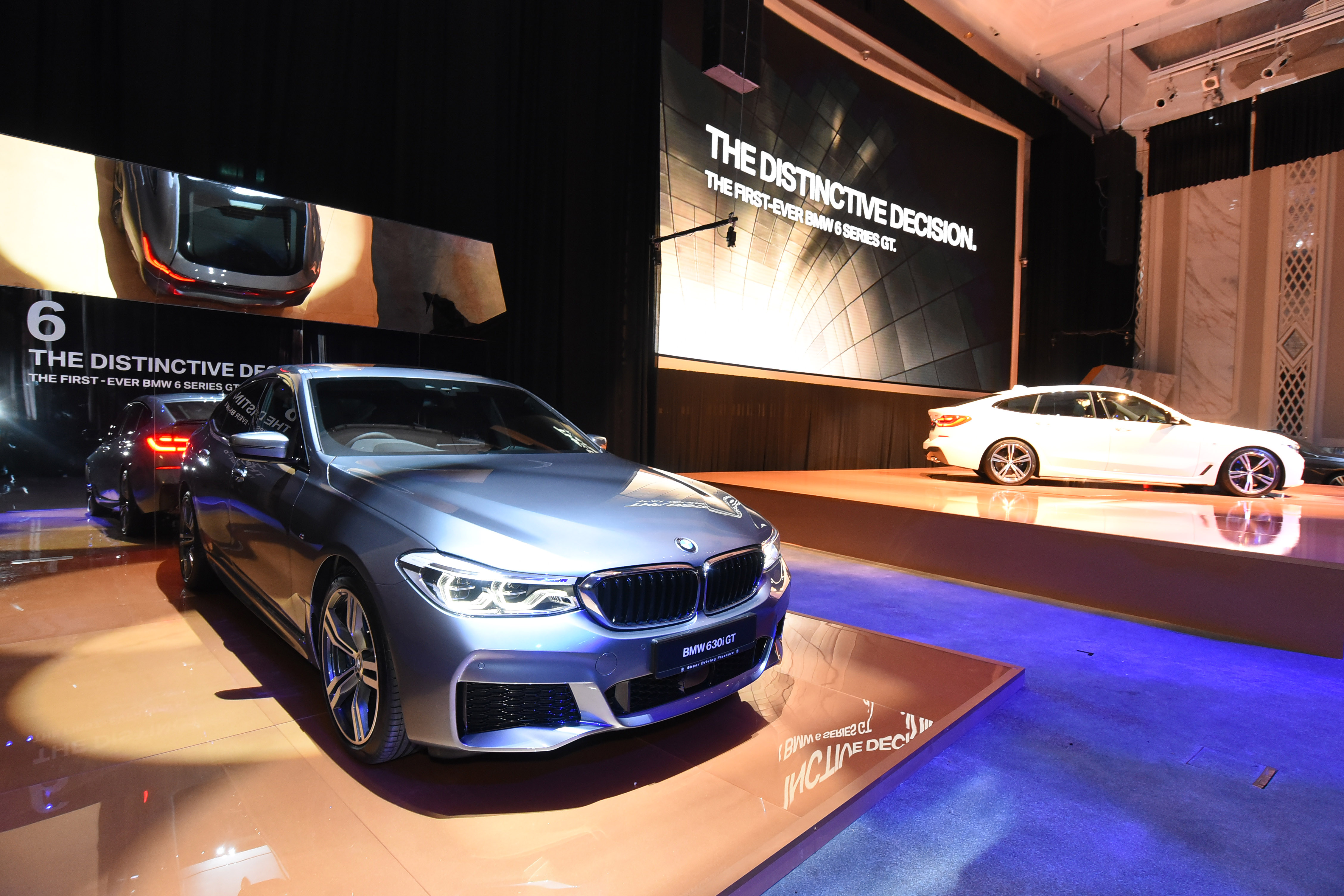
Harald Hoelzl, Managing Director of BMW Group Malaysia (below) said, “We are constantly looking for ways to add to the exclusivity of our premium vehicles while maintaining the unparalleled driving dynamics and performance of the BMW brand. By carefully selecting two highly collectible models and offering them with our motorsports-inspired BMW M Performance parts, we are proud to have crafted a unique on-road motorsports experience for our customers. Through perfect dynamics and captivating visual features, they can now enjoy the best of both worlds and experience BMW’s motorsports DNA come to live while on the road.”
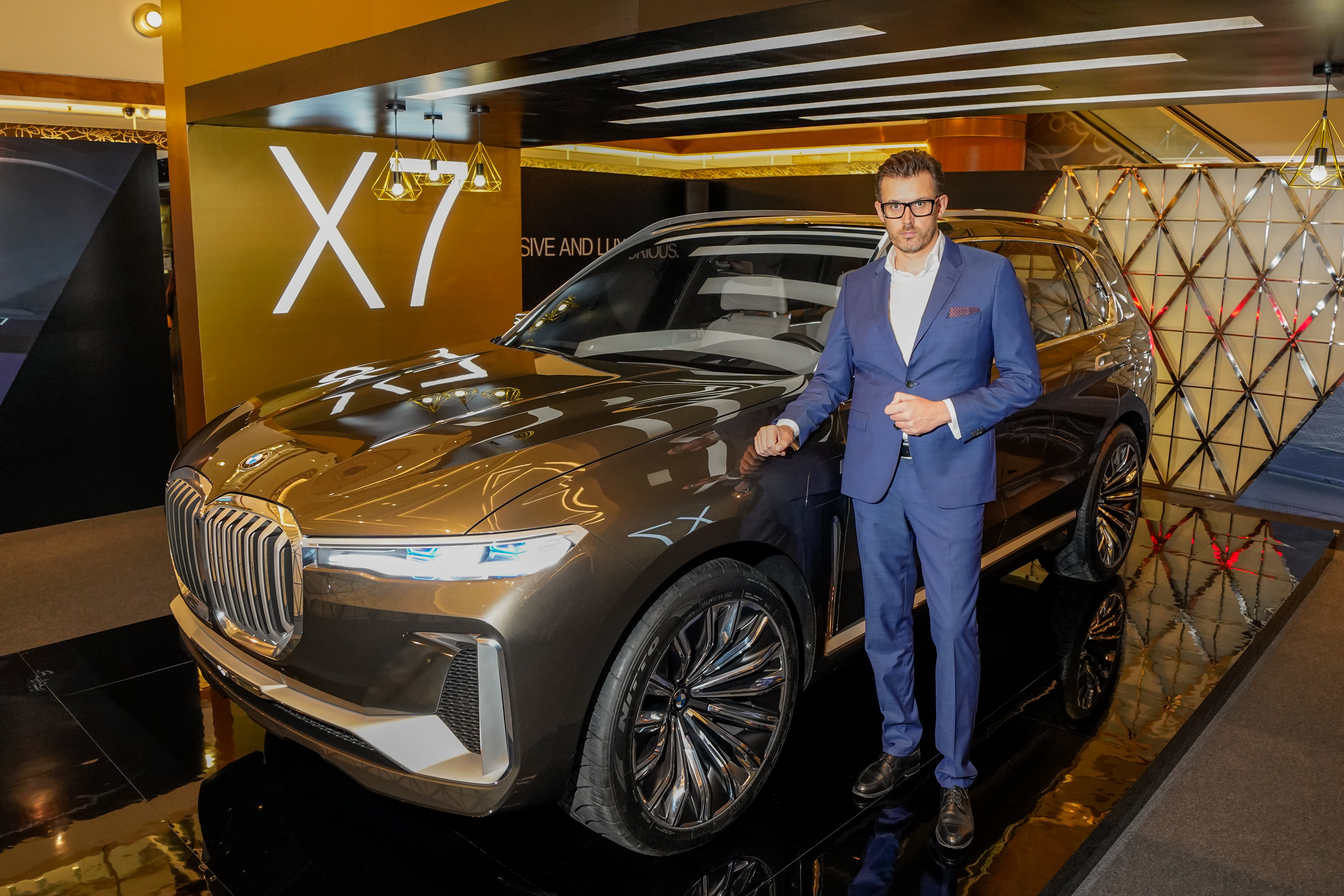
Drawing from BMW’s extensive skills and experience in motorsports, the BMW M Performance Accessories are built with the same passion and craftsmanship as with the iconic BMW M models. With the M Performance aerodynamic kit seamlessly blended into the best-selling premium Plug-in Hybrid Electric models, the BMW M Performance Editions of the BMW 330e and BMW X5 xDrive40e have been transformed with an athletic edge, combining the best of BMW driving dynamics with benchmark performance and efficiency.
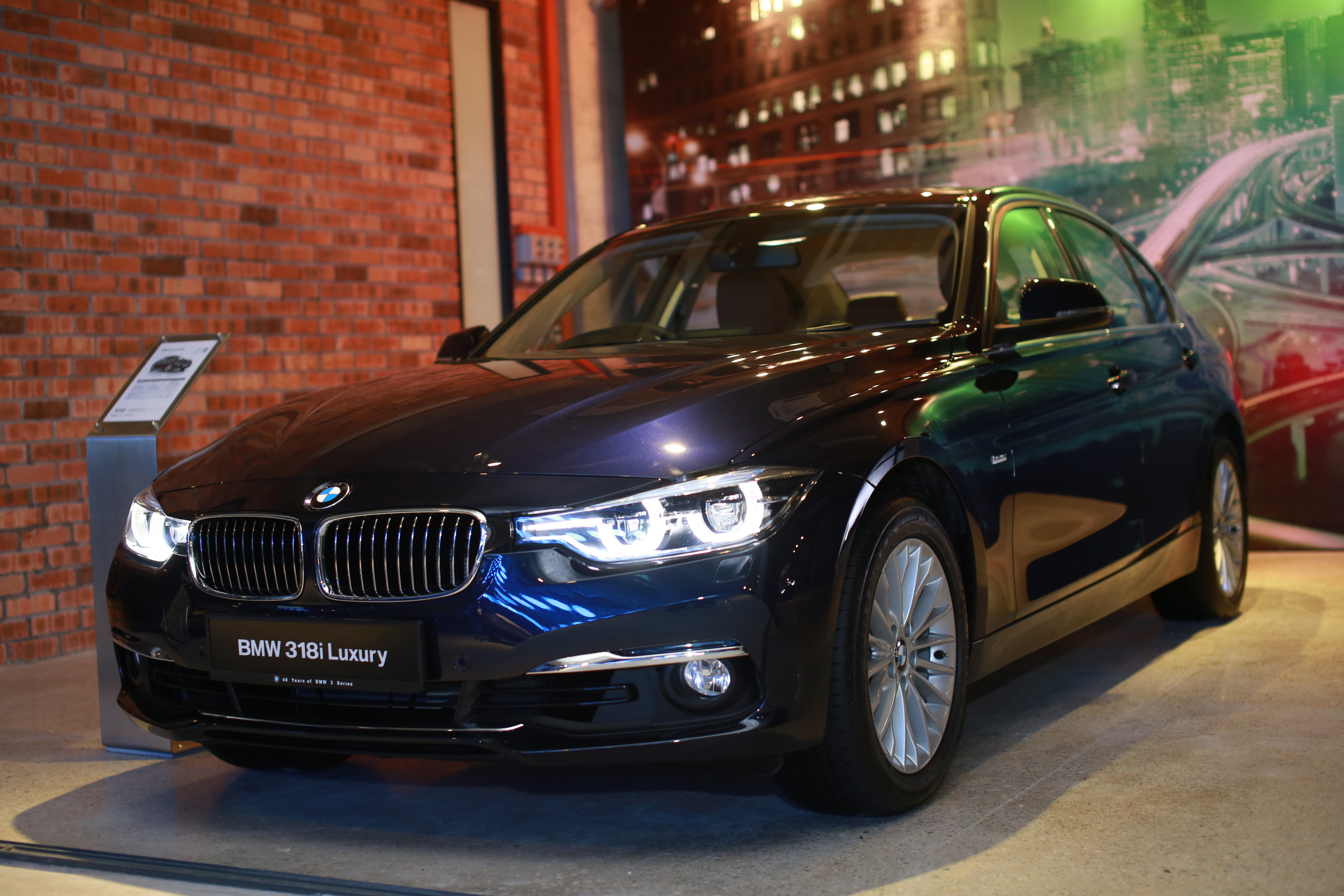
The BMW 330e M Performance Edition.
The now enhanced BMW 3 Series Hybrid with eDrive Technology comes with sportier aerodynamics and aesthetics, which include M Performance side skirts, side sill foils, and front grilles in high-gloss black, as well as the lightweight M Performance Carbon mirror caps for the side mirrors. The vehicle features a front attachment in Matt Black, a rear spoiler and a rear diffuser, in addition to the aggressive M Performance dark tail lights that round up the dynamic look. The interior meanwhile features M Performance stainless steel pedals and footrests. The exterior colour offerings for the BMW 330e M Performance Edition include Sunset Orange, Black Sapphire, Estoril Blue or Alpine White; while the interior is furnished with Black Dakota Leather.

The retail price (on the road, without insurance) for the BMW 330e M Performance Edition is RM 258,800.00. With the Easy Drive Programme from BMW Group Financial Services Malaysia, the BMW 330e M Performance Edition can also be owned with monthly instalment plans starting from RM 3,278.00 (based on estimates of an 80% loan on a four-year tenure, with a mileage capped at 20,000km per year).
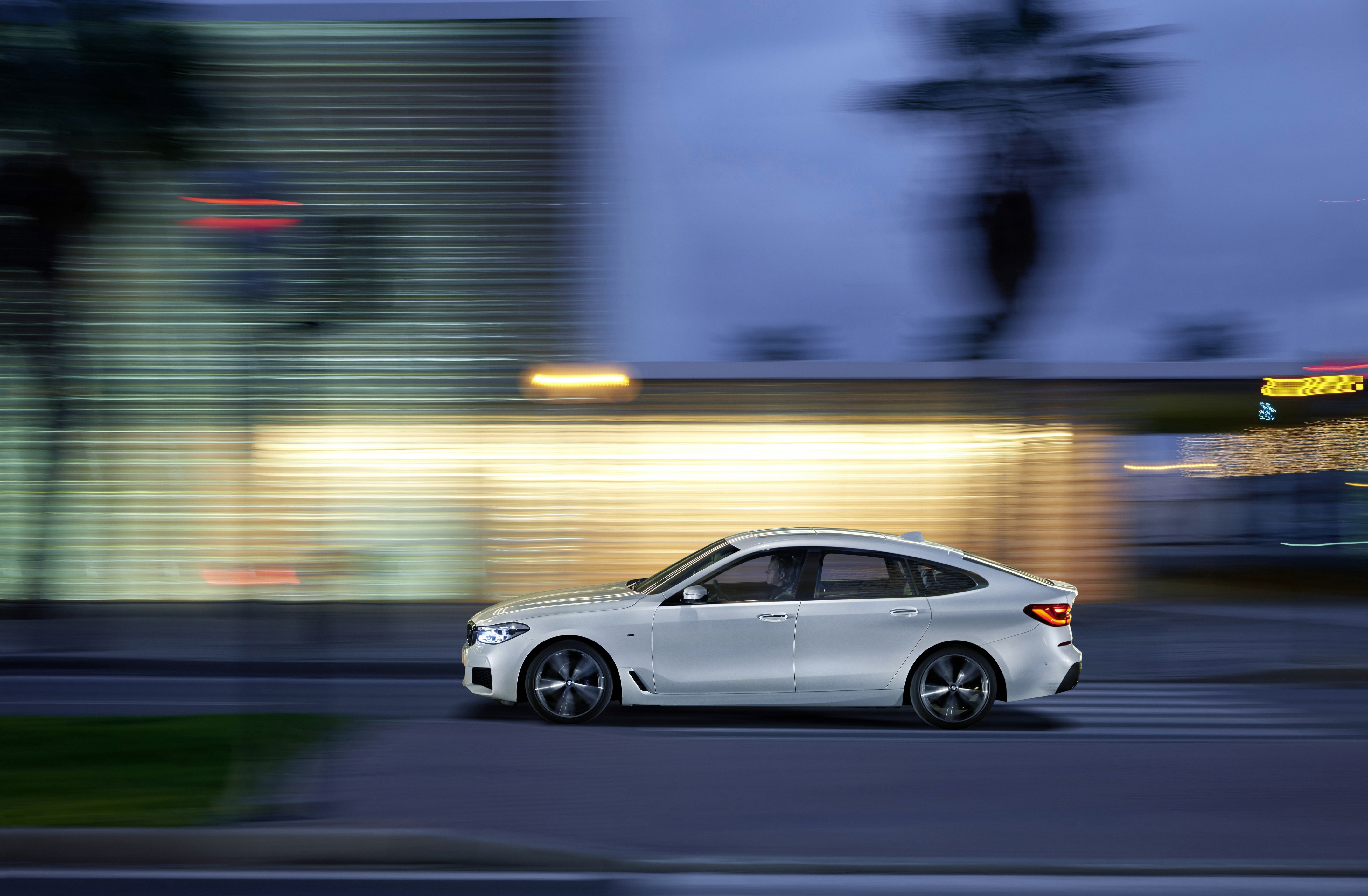
The BMW X5 xDrive40e M Performance Edition.
The exclusive BMW X5 xDrive40e M Performance Edition is also equipped with M Performance side skirts, side sill foils, and front grilles in high-gloss black, along with M Performance Carbon mirror caps for the side mirrors. Both ends of the vehicle are framed with a Carbon front attachment and a rear spoiler in high-gloss black and Carbon rear diffuser. The stainless steel pedals add a striking motorsports feel to the interior. The BMW X5 xDrive40e M Performance Edition comes in Carbon Black, Mineral White or Space Grey. All exterior colour offerings are paired with Black Dakota Leather, whereas Carbon Black offers an additional option of Terra Dakota Leather.
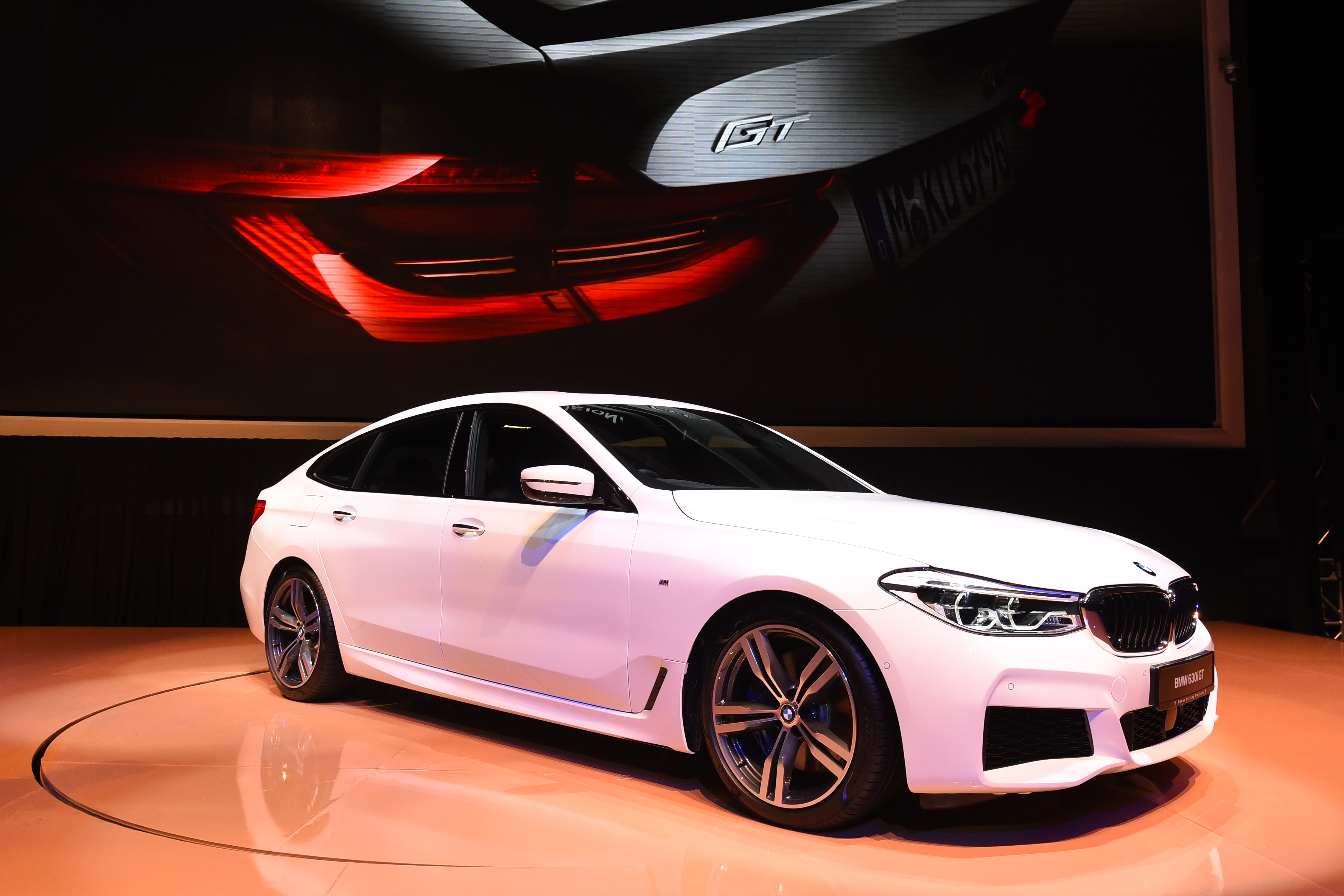
The retail price (on the road, without insurance) for the BMW X5 xDrive40e M Performance Edition is RM 390,800.00. With the Easy Drive Programme from BMW Group Financial Services Malaysia, the BMW X5 xDrive40e M Performance Edition can also be owned with monthly instalment plans starting from RM 4,878.00 (based on estimates of an 80% loan on a four-year tenure, with a mileage capped at 20,000km per year).
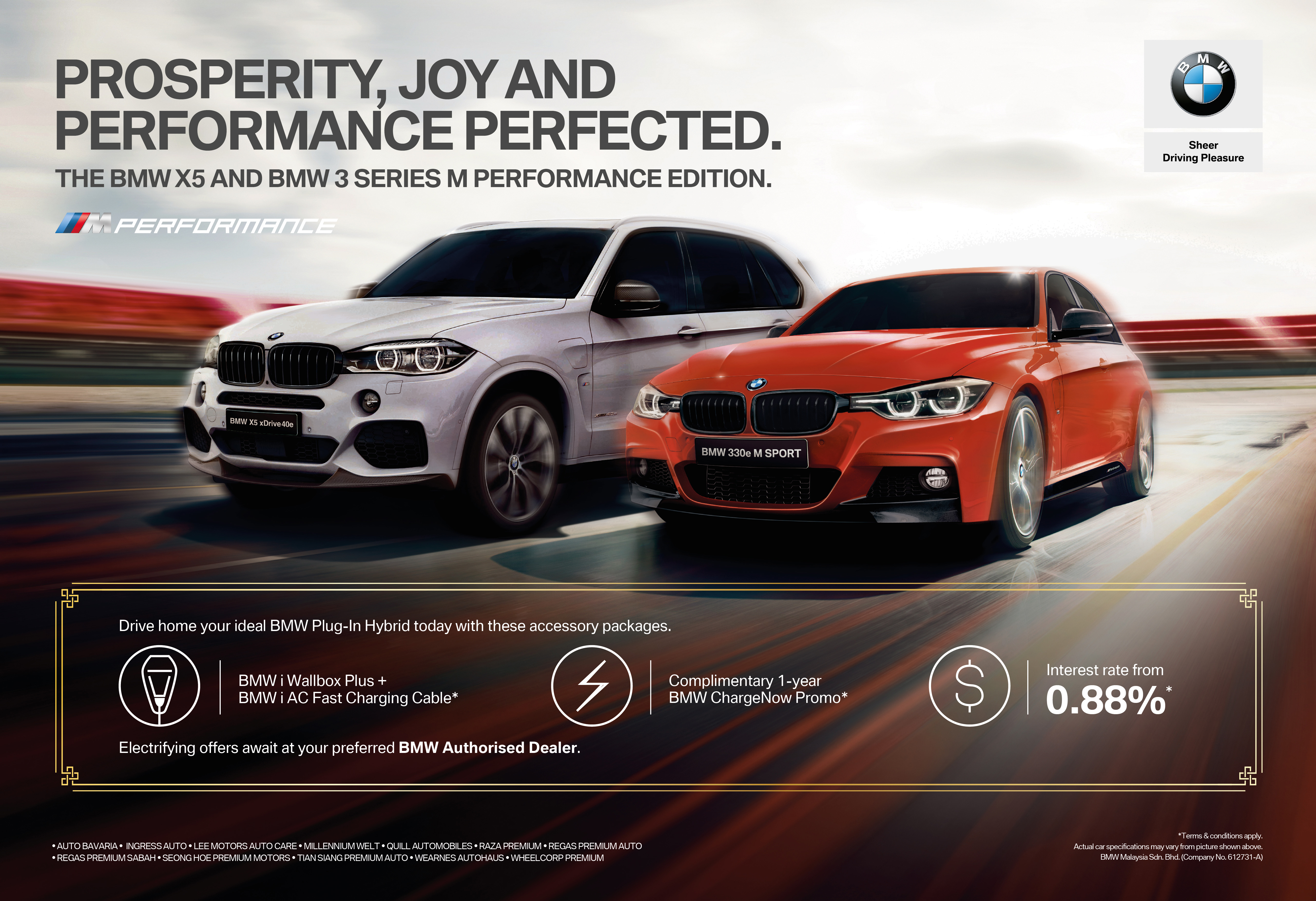
Complete Premium Ownership Experience.
New owners of the BMW M Performance Editions can also experience the complete BMW Group Malaysia Premium Ownership experience which includes:
- BMW 5-Year Unlimited Mileage Warranty with Free Scheduled Service Program
- BMW 2-Year/ 24 Month Tyre Warranty Program for its Run Flat Tyre offering and services
- BMW Roadside Assistance and Accident Hotline
- The BMW Group Loyalty+ Mobile App – BMW White Card
- BMW Service Online
Customers may view, enquire or place orders for the limited BMW M Performance Editions at any nearby BMW dealership.
CNY@BMW
Celebrate this Chinese New Year at BMW with attractive promotions, rebates and competitive financing solutions starting from 0.88% across a wide range of BMW models, at all authorised BMW dealerships. New owners of the BMW 530e, BMW 740Le and BMW X5 xDrive40e will receive a complimentary BMW i Wallbox Plus and BMW i AC Fast Charging Cable at no additional cost*, through the BMW i Wallbox Promotion.
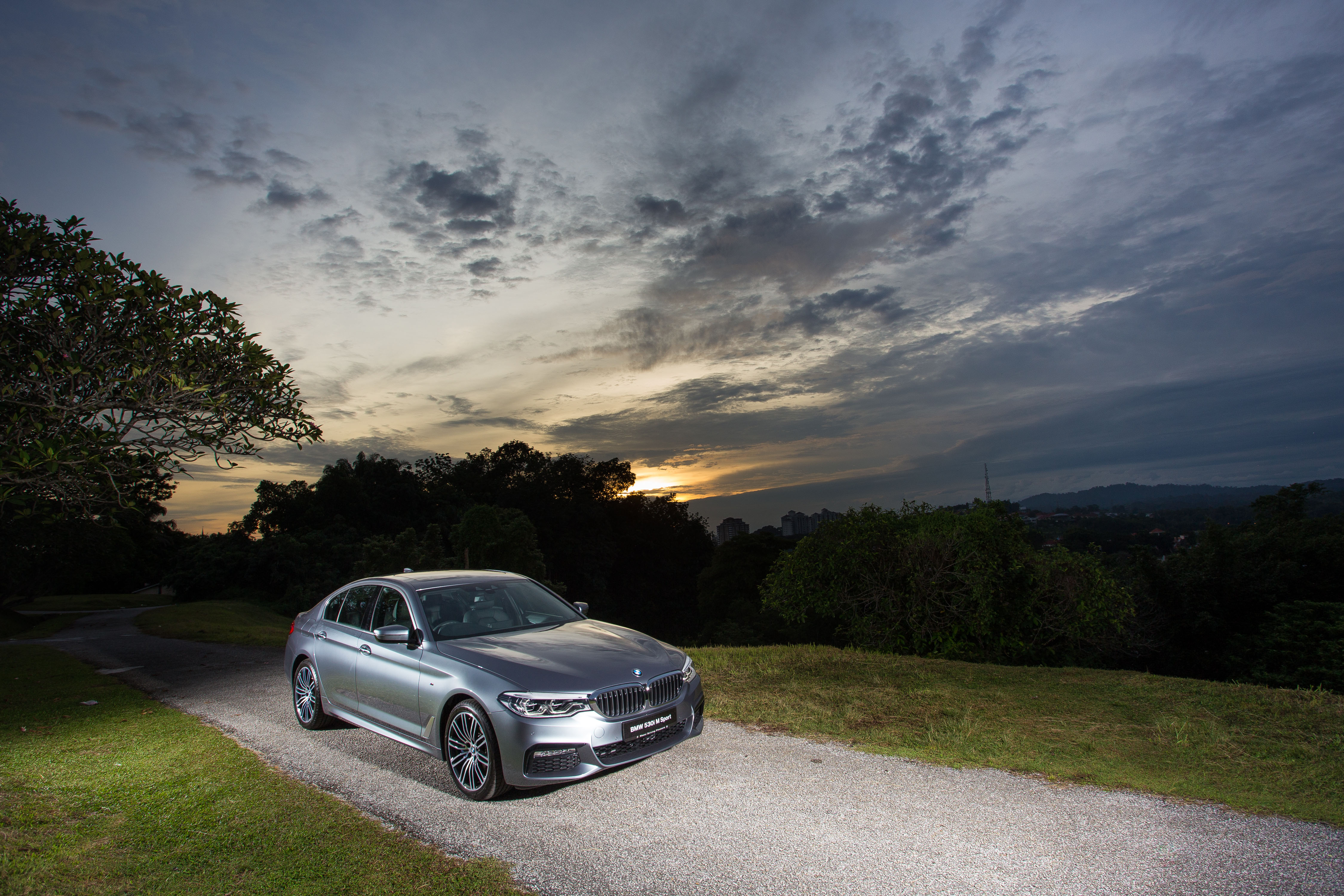
With any purchase of BMW Plug-In Hybrid vehicles, new owners can also take advantage of the BMW ChargeNow Promotion which offers a complimentary BMW i AC Fast Charging Cable and BMW ChargeNow card. In collaboration with GreenTech Malaysia, the BMW ChargeNow card offers owners unlimited, complimentary access to the ChargeNow mobility services via the ChargEV platform for an entire year. The CNY@BMW campaign ends on 31st March 2019.
* The promotion excludes installation costs of the BMW i Wallbox.
BMW 318i Luxury, BMW 530i M Sport, BMW 630i GT and the BMW X1 sDrive 20i Sport

Just in time for the New Year of the Earth Boar, BMW Malaysia also took the opportunity to announce the new pricing of the BMW 318i Luxury, the BMW 530i M Sport, the BMW 630i GT and the BMW X1 sDrive 20i Sport. The BMW X1 sDrive 20i also receives new designed wheels in the form of 18” Y Spoke Style 566 Alloy Wheels as well as a new Exterior Trim and Roof Rails in Satinated Aluminum.
The new retail price (on the road, without insurance) for the BMW vehicles are as below.
BMW 318i Luxury RM198, 800.00
BMW 530i M Sport RM 372,800.00
BMW 630i GT RM 430, 800.00
BMW X1 sDrive 20i Sport RM 220, 800.00





